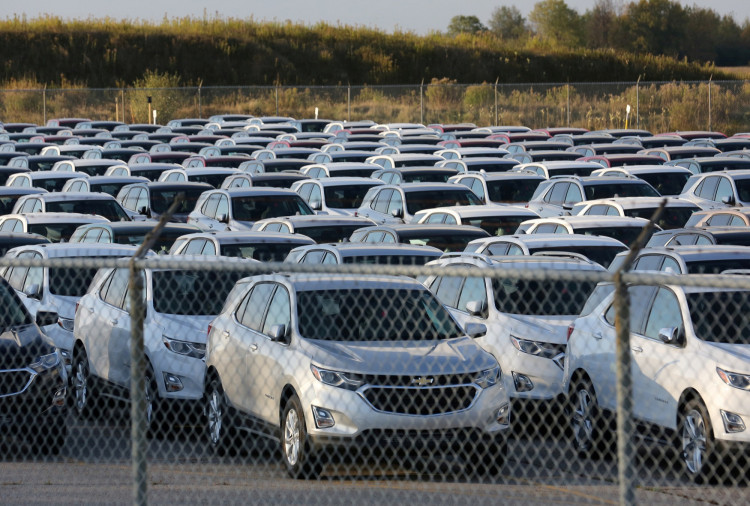A police department in Minnesota has launched a program to raise awareness about the rising theft of catalytic converters and to teach residents how to deter would-be thieves.
The St. Paul Police Department said it has recorded more than 560 catalytic converter thefts within the city since the start of the year - more than double compared to the number of thefts reported over the same period last year.
The police department held a free auto-clinic event on Sunday aimed at informing residents of the rise in thefts and teaching them some tricks to avoid being the victim of catalytic converter theft. The department's property and community engagement units volunteered to paint the converters on attendant's cars during the event.
St. Paul Police Department senior commander, Kurt Hallstrom, said he got the idea to paint the converters from a muffler shop. He said painting the converters would make them easier to identify as being stole.
"If we get the thief to maybe move onto to the next car or just stop the recyclers to not buy this one, maybe that will do a little good," Hallstrom said.
Apart from Minnesota, catalytic converter theft across the nation has skyrocketed in recent months. Authorities said that people have resorted to stealing the valuable component out of desperation and hardships caused by the extended pandemic.
In Wichita, the number of thefts has almost tripled compared to last year. City officials said cases had jumped from 191 in the first three months last year to 547 this year.
"People are just trying to make ends meet. We've also seen this increase at a time we've seen a lot of job loss in the U.S.," Sgt. Trevor McDonald of the Wichita Police said.
Catalytic converters - used to control vehicle emissions - contain three valuable metals, namely platinum, rhodium and palladium. The prices of these precious metals have recently surged, leading to increased catalytic converter thefts.
The price of palladium had quintupled from just $500 an ounce five years ago to a peak of $2,875 an ounce last year. Current prices of the precious metal are hovering between $2,000 and $2,500 an ounce, making it more expensive than gold. Prices of rhodium and platinum have also increased over the past few years.






